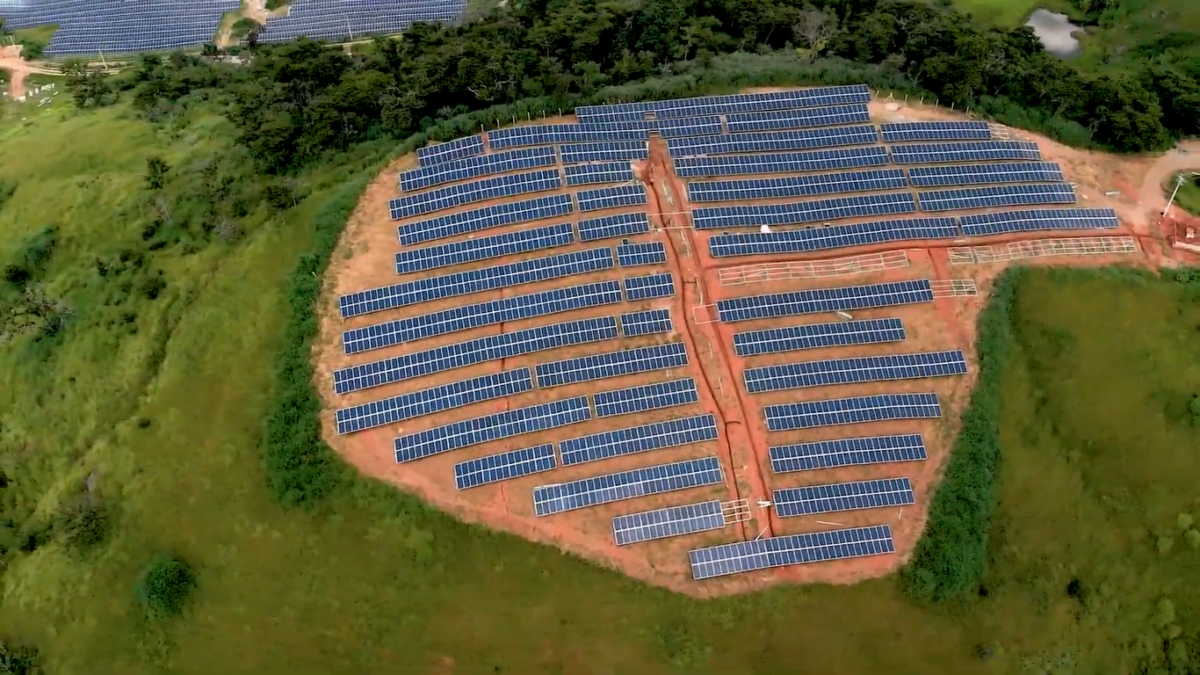From pv magazine Brazil
The distributed-generation solar segment in Brazil, encompassing all PV systems up to 5 MW in size, reached 24 GW of installed capacity at the end of September, according to Brazilian energy regulator Aneel.
During the first nine months of the year, developers connected approximately 5.79 GW of new distributed-generation solar arrays to the Brazilian grid – slightly less than the 5.99 GW connected in the same period last year.
However, most of the new connections in 2023 occurred in the first quarter, with 2.75 GW, compared to 1.5 GW in the same period of 2022. From March to June, an additional 1.8 GW was added, the same volume as in 2022. In the third quarter, there were 1.2 GW connected, down from the 2.4 GW connected in the same period in 2022.
“This last 1 GW took almost three months to be installed, there is a clear slowdown throughout 2023. Until the middle of the year, monthly [distributed-generation] additions were 20%, 30% higher than in the same month of 2022, which is significant after the 2022 gold rush,” said Guilherme Chrispim, the executive president of the Brazilian distributed-generation association ABGD.
However, companies are pointing to a recovery in sales in the second half of the year, he acknowledged.
“We have never had such a low watt value and we are all selling very low. In many cases, the payback has equaled or is even better,” he said. “So it never stopped being competitive. Manufacturers signal that this movement should continue.”
However, the systematic denials of new connection permits by Brazilian utilities should not go unnoticed, said Chrispim.
“How many companies will die in six months if they stop selling? How many [distributed-generation] systems were not connected during this period? The consumer gives up on the purchase if they have to wait many months, due to denials and other barriers imposed by utilities,” he said.
In 2022 and 2023, residential consumers accounted for most newly added distributed-generation capacity, contributing 4.5 GW out of a total of 7.1 GW in 2022 and 2.8 GW out of 5.9 GW by mid-October of this year.
This content is protected by copyright and may not be reused. If you want to cooperate with us and would like to reuse some of our content, please contact: editors@pv-magazine.com.



1 comment
By submitting this form you agree to pv magazine using your data for the purposes of publishing your comment.
Your personal data will only be disclosed or otherwise transmitted to third parties for the purposes of spam filtering or if this is necessary for technical maintenance of the website. Any other transfer to third parties will not take place unless this is justified on the basis of applicable data protection regulations or if pv magazine is legally obliged to do so.
You may revoke this consent at any time with effect for the future, in which case your personal data will be deleted immediately. Otherwise, your data will be deleted if pv magazine has processed your request or the purpose of data storage is fulfilled.
Further information on data privacy can be found in our Data Protection Policy.